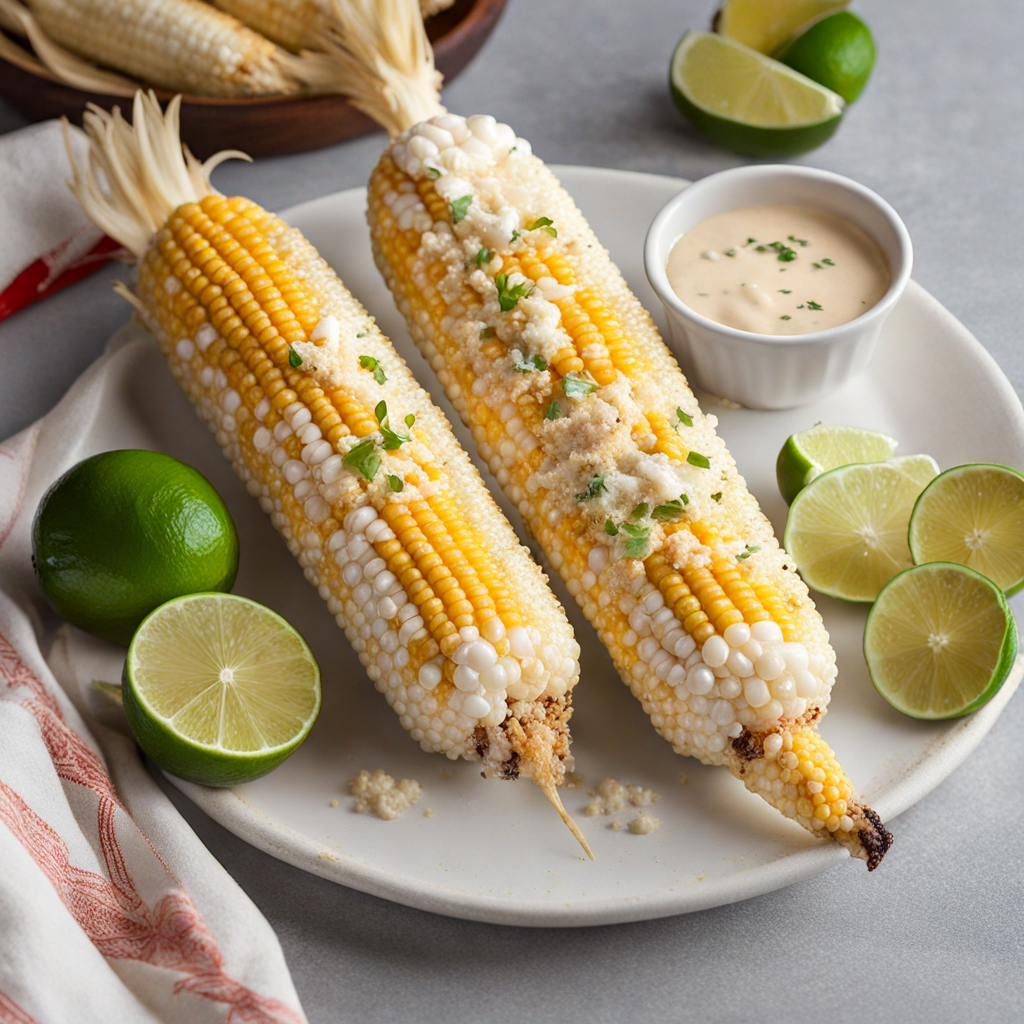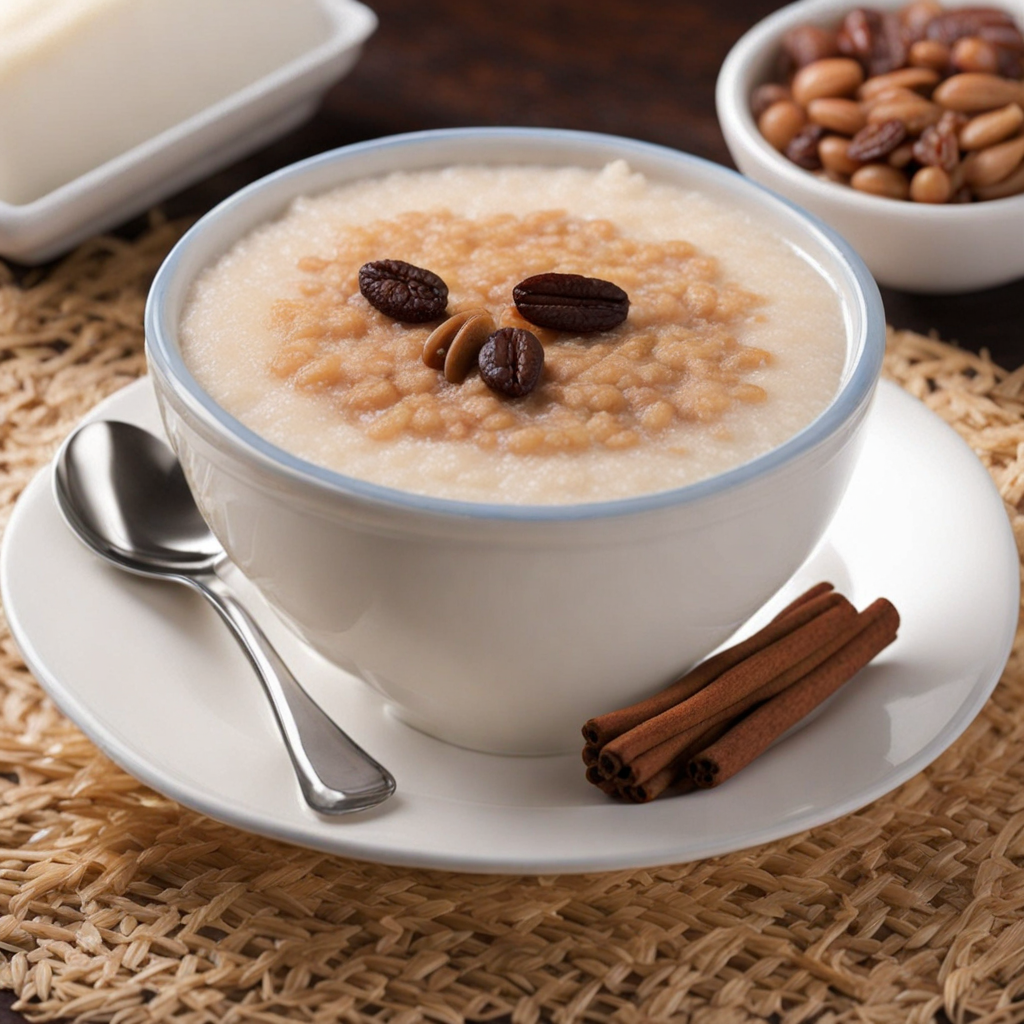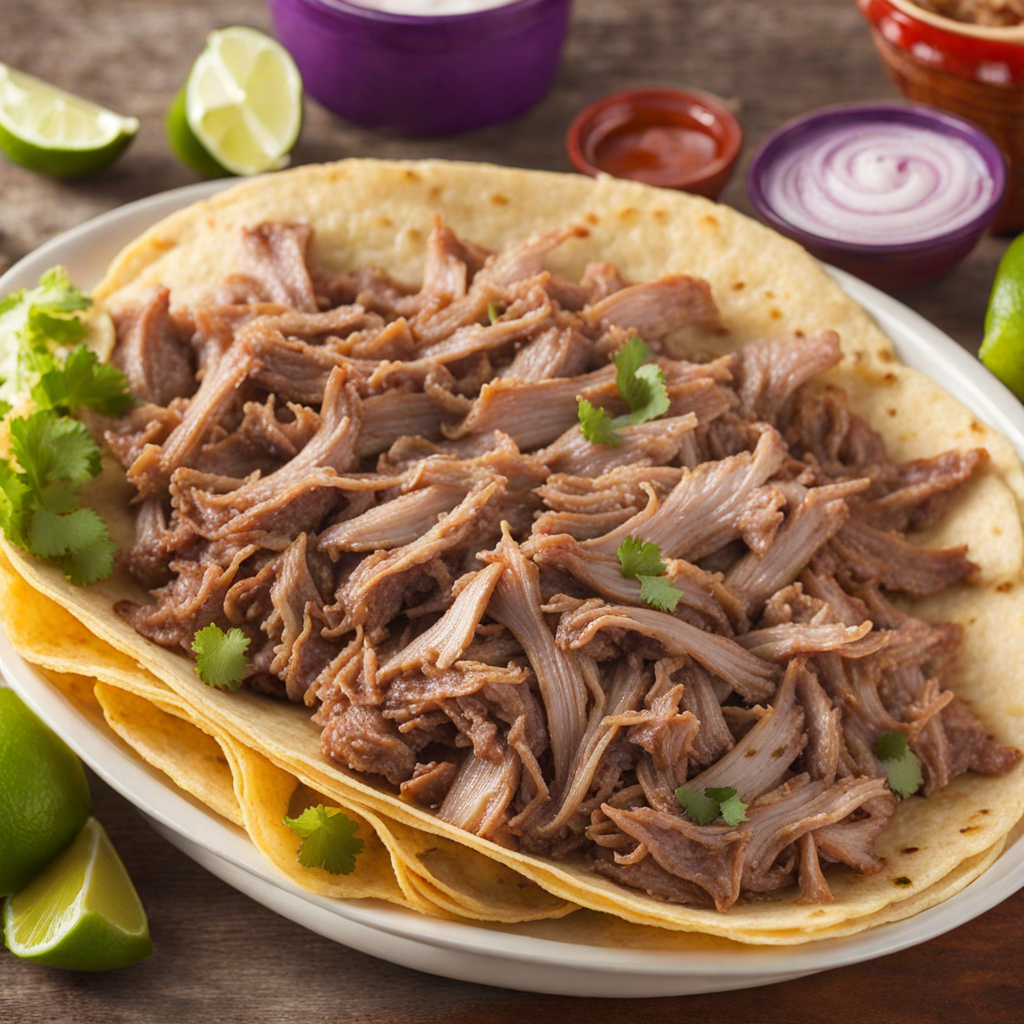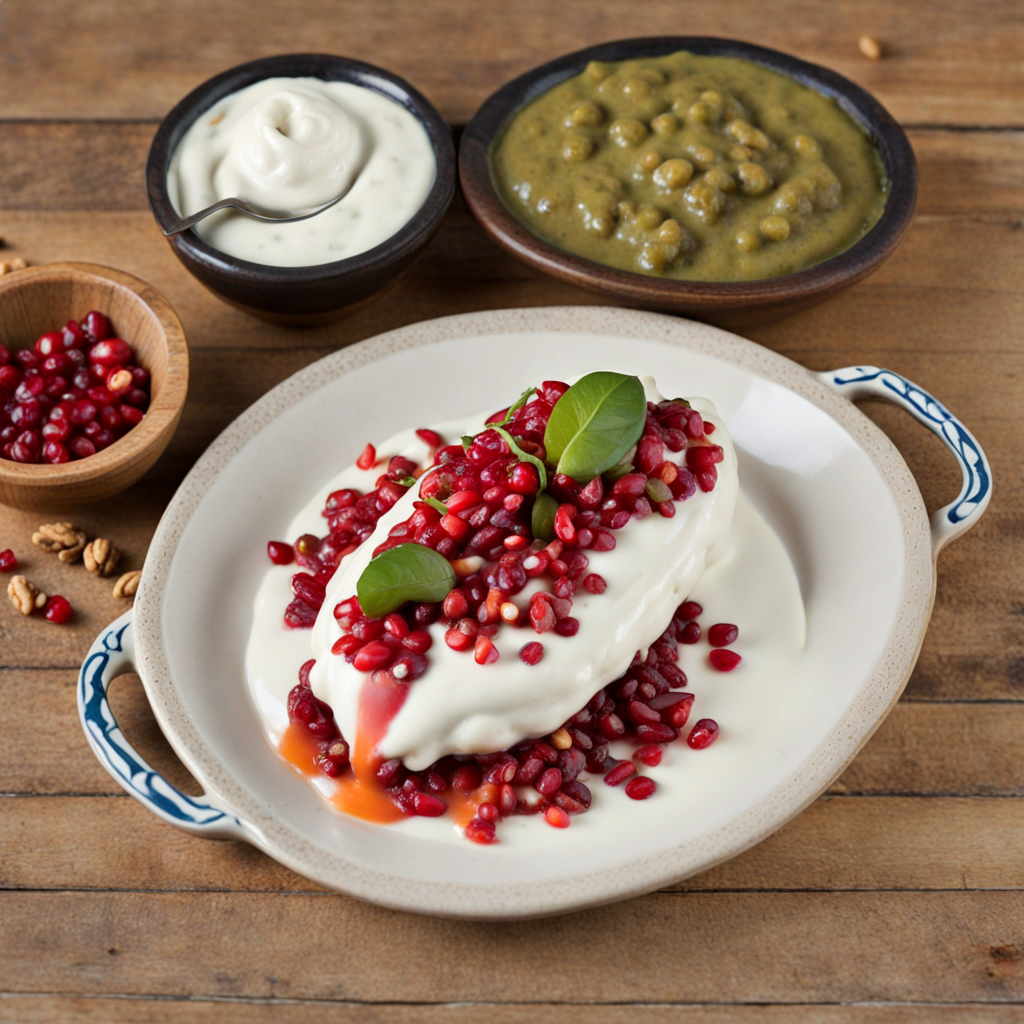Mole
Mole, a quintessential dish from Mexico, is a complex sauce with a rich history that reflects the country's diverse cultural influences. The term "mole" originates from the Nahuatl word "molli," which means sauce or mixture. Mole is deeply rooted in pre-Hispanic traditions, but its current form has evolved significantly since the Spanish colonization. The melding of indigenous ingredients with European spices and techniques created a fusion that is now emblematic of Mexican cuisine. The history of mole can be traced back to ancient civilizations, where various sauces were used to complement meats and vegetables. However, the most famous mole, Mole Poblano, hails from Puebla and is often associated with the colonial period. Local legend suggests that it was created by nuns in the Convent of Santa Rosa in the 17th century, who combined chocolate with indigenous spices to impress a visiting archbishop. This story illustrates how mole is more than just a culinary dish; it embodies a rich narrative of cultural exchange and adaptation. Mole is renowned for its complex and layered flavor profile. Depending on the type, it can range from sweet to savory, often featuring a balance of heat and sweetness. The use of ingredients such as chili peppers, spices, nuts, and chocolate contributes to its unique taste. Mole can be described as earthy, with hints of smokiness from roasted ingredients, and a depth that comes from the slow-cooking process. Each variant of mole, such as Mole Verde, Mole Rojo,
How It Became This Dish
The Rich Tapestry of Mole: A Culinary Icon of Mexico Mole, a term that encompasses a variety of rich, complex sauces, is one of the most celebrated culinary contributions of Mexico. Its name, derived from the Nahuatl word *molli*, meaning "sauce" or "concoction," is a fitting descriptor for a dish that embodies the rich tapestry of Mexican history, culture, and regional diversity. Mole is not just food; it is a symbol of identity, heritage, and the blending of indigenous and colonial influences. #### Origins and Early Influences The origins of mole can be traced back to pre-Hispanic Mexico, where indigenous peoples utilized local ingredients like chiles, spices, and nuts. The Aztecs and other Mesoamerican civilizations created a variety of sauces to accompany their staple foods, such as maize and beans. These early sauces varied from simple salsas made of ground chiles to more complex preparations that included herbs, seeds, and even chocolate. With the arrival of Spanish colonizers in the 16th century, the culinary landscape of Mexico began to transform. The Spaniards introduced new ingredients, such as almonds, cinnamon, cloves, and sugar, which were soon integrated into indigenous cooking traditions. This fusion of flavors and techniques gave rise to the earliest forms of mole, particularly in the region of Puebla, where the famous *Mole Poblano* emerged. This particular mole is often said to contain over 20 ingredients, including a blend of chiles, spices, and chocolate, creating a rich, multifaceted flavor profile that is both sweet and savory. #### Cultural Significance Mole is steeped in cultural significance. It is often prepared for special occasions and celebrations, such as weddings, birthdays, and religious festivals. In many Mexican families, the preparation of mole is a communal activity, bringing together generations to share recipes and stories. The act of making mole is as important as the dish itself; it is a testament to family traditions and cultural continuity. Mole is also a symbol of fusion and resilience, reflecting the complexities of Mexican identity. The melding of indigenous and Spanish culinary practices in mole exemplifies the broader historical narrative of Mexico, where ancient traditions and colonial influences coexist and evolve. The dish serves as a culinary metaphor for the country’s diverse population and rich heritage. #### Mole Through the Ages As Mexico evolved through the centuries, so too did mole. The 19th century brought further developments, with regional variations emerging across the country. Each state began to claim its unique style of mole, resulting in a diverse array of flavors and preparations. In Oaxaca, for example, *Mole Negro* is a celebrated variant characterized by its deep, dark color and rich flavor, achieved through the use of roasted ingredients, including various chiles, chocolate, and spices. Oaxacan mole is often served with turkey or chicken, emphasizing the regional preference for poultry. The state of Veracruz is known for *Mole de Cacahuate*, which incorporates peanuts and has a lighter, sweeter profile. This version highlights the coastal state's access to different ingredients, showcasing how regional resources influence culinary practices. In the 20th century, the popularity of mole expanded beyond Mexico's borders, gaining international recognition. Chefs began to showcase mole in upscale restaurants across the United States and Europe, contributing to a broader appreciation for Mexican cuisine. This globalization of mole has led to a renaissance of traditional recipes, with chefs striving to honor their roots while also experimenting with contemporary techniques and ingredients. #### Mole in Contemporary Cuisine Today, mole continues to evolve, with chefs across the globe experimenting with its foundational components. While traditional recipes remain revered, innovative interpretations have emerged, incorporating unexpected ingredients such as fruits, herbs, and even modern cooking techniques like sous-vide. The versatility of mole allows it to be paired with various proteins, vegetables, and even desserts, making it a beloved component of both traditional and contemporary menus. In recent years, there has been a resurgence of interest in traditional cooking practices, with many young chefs seeking to learn the art of mole-making from their elders. This revival is part of a broader movement to preserve indigenous culinary heritage amid globalization and mass production. The process of making mole—often labor-intensive and time-consuming—is valued as an expression of love and care, reinforcing its significance as a dish that transcends mere sustenance. #### Conclusion Mole, with its intricate flavors and cultural significance, is more than just a sauce; it is a culinary narrative that tells the story of Mexico's past, present, and future. The dish encapsulates the spirit of Mexican identity, reflecting the harmony of diverse influences and the enduring legacy of indigenous traditions. As mole continues to inspire chefs and food lovers alike, it serves as a reminder of the power of food to connect people, celebrate heritage, and foster community. Through its rich history and evolution, mole remains a cherished emblem of Mexican culture, bringing people together to savor not just a meal, but a story that has been written over centuries. Whether enjoyed at a family gathering, a festive occasion, or in a fine dining establishment, mole invites all to partake in the vibrant heritage of Mexico—one delectable bite at a time.
You may like
Discover local flavors from Mexico







